After returning from last month’s Sound in the Land conference, held at University of Waterloo’s Conrad Grebel College, Matthew Griffin reflects on his first experience with this unique event by way of an interview with its founder Carol Ann Weaver.
By Matthew Griffin
Sound in the Land is a festival/conference that aims to find a meeting point between between music, academia, environmentalism, activism, and faith. It began in 2004 at Conrad Grebel College (part of the University of Waterloo), and this year’s theme was “Music and the Environment.” This fascinating and ambitious event featured legendary Canadian composer and acoustic ecologist R. Murray Schafer as its keynote presenter, and additionally featured performances, papers & installations by musicians and academics from around the world.
Carol Ann Weaver is a composer, performer and professor, who recently retired from Conrad Grebel College, where she began Sound in the Land with a focus on Mennonites and music. I was there for this year’s iteration of the conference, and its synthesis of traditional conference tropes with performativity, interactivity, and activism was truly unique. Recently, Carol and I spoke via email about the history of Sound in the Land, its legacy, and the struggles of bringing together such different factions under a single umbrella.
MG: First of all, you’ve been doing Sound in the Land for a while. How has it evolved over the years?
CW: Sound in the Land began in 2004 as a festival/conference on Mennonites and music. All previous known festivals celebrating Mennonites tended towards choral, religious, possibly a smattering of very topical ‘folk’ songs, all with a ‘mission’ to be Mennonite-themed, and church-related.
However, Mennonites are a far, far broader group than those who may meet in churches on a Sunday morning. The broad category includes both “ethnic Mennonites” – coming from so-called Mennonite roots, and self-professed “confessional Mennonites” – those who do or don’t come from Mennonite roots but who are very firm in their sense of Mennonite theology, and who want to “build churches.” When this group of people is brought together, new concepts, synergies, and interconnections can occur. The sense of Sound in the Land has always been to begin with the “ethnic Mennonites”, and include all others who wish to come along, whether non-Mennonite or other. These “ethnic Mennonites” are largely free-thinking individuals who maintain a strong sense of cultural identity and acceptance of larger Mennonite ideas of peace, justice, truth, brother/sisterhood, community, and sense of relation to the land. (The basic history of Mennonites is that of rural, farming communities, both in Europe and North and South America, now quickly expanding to parts of Africa and Asia.)
The 2004 Sound in the Land, totally my brainchild, but supported by Conrad Grebel University College, with a SSHRC grant and other foundation funds, featured Mennonite ethnic/cultural musical expressions, with a solid listen to/look at Mennonite musical traditions ranging from Old Colony Mennonites in Mexico, to “Russian” Mennonites (those who moved from Holland to Russia and then outward to Canada), to “Swiss” Mennonites (those who emanated from Switzerland but, after many persecutions, migrated to USA and Canada). What was unusual for this conference was that for the first time in history, we were looking at/listening to Mennonite music via ethnomusicologists’ ears and eyes, rather than through the “grid” of a “church music” basis. Papers about cultural aspects of informal Mennonite music making, Mennonite folk music traditions, and Mennonite compositions of so-called “concert” music (rather than mere “worship music”) were featured. It was essential that we created an event where there was no hierarchy of ‘classical’ versus popular music, but that all genres were equally respected, from classical to pop, jazz to folk, and more. We invited Mennonite-rooted composers, performers, poets, folk, jazz and alternative musicians. One sage critic commented enthusiastically, “this festival really kicked ass.” Everyone was at home at this festival, which included multiple kinds, styles and genres of music including cappella singing, vocal and instrumental music plus turntable music, providing an open exploration as to what Mennonite music actually is. We published a book of collected writings, Sound in the Land: Essays on Mennonites and Music, on which CBC host Eric Friesen commented, “The triumph of this volume of essays is that it resists the trap of exclusivity and accepts the widest embrace of possibilities.”
In their 16th C. Swiss and Dutch beginnings, Mennonites were referred to as “Quiet in the Land,” in that they were pursued and persecuted because of their insistence on adult baptism (rather than the accepted infant baptism) and their non-compliance with European state churches. Much remains with this sense of “quiet” in land, in that Mennonites have frequently been soft-spoken, mild-mannered, inward-looking, and living somewhat “separately” from the world. A major Mennonite historical conference occurred at Millersville State University, Millersville, PA, in 1995, simply called Quiet in the Land, at which academic papers and musical performances took place. I created a large music drama, Quietly Landed?, which entailed my interviewing 50 – 60 Mennonite women, asking them if they had been “quietened” within their communities as Mennonite women. Their responses led to a strongly emphatic message that women have often taken the role of “absorbing” and “stifling” personal expressions in the interest of maintaining a larger, “quiet” Mennonite community.
So, some nine years later, 2004, it was important to create a conference which could finally address the “sounds” of Mennonite people – implying musical, cultural, and finally environmental sounds.
The 2009 festival/conference, again highly successful and open-ended, resulted in a publication of essays, Sound in the Lands: Mennonite Music Across Borders, featuring music in Africa, Russia, Middle East, and more. Again, it featured choral, instrumental, folk, jazz, and various ethnic (especially African and Cuban) musics.
So, these events were the foundations on which Sound in the Land 2014 – Music and the Environment has been created. It was now imperative for us to begin to listen to our own voice(s) as a Mennonite-rooted people and, in Eric Friesen’s words, “accept the widest embrace of possibilities” before we could travel beyond. Having covered aspects of Mennonite ethnic/cultural music and certain international voices, we now included these ethnic and ethnomusicological roots, while embracing our sense of global music, as we began to explore our very relationship to Mother Earth.
MG: And this is your last time doing it, correct?
CW: At the time, June 2014, I was not sure Sound in the Land could continue, in that I was planning to retire from Conrad Grebel, July 1, 2014. However, there have been conversations about the continuation of Sound in the Land in subsequent years, in which I would potentially be involved in leadership, but would rely on Grebel music staff and other movers/shakers in order to mount a new festival.
The President of Grebel, Dr. Susan Schultz Huxman, said to me, “Sound in the Land is Grebel’s. We need to continue it.” So, with the college itself seeing the full importance and uniqueness of this festival, I have total confidence that Sound in the Land will, indeed, continue!
MG: This year’s iteration really felt like a culmination, in a way, and that’s coming from someone who hadn’t been involved before. Did it have a similar feeling for you?
CW: So, yes, this year’s festival felt like a culmination of my own personal efforts to envision, craft and lead a steering committee, seek funding, invite guests and all presenters, coordinate musical/academic/logistics details, commission composers and songwriters, write script for websites and press releases, and maintain close connection with all presenters and potential contributors, while operating in tandem with college organizers. I felt this was my last chance to create and carry out such a conference. As well, nothing means more to me than our relationship to the Earth, so this very event came the most deeply from my own “heart,” and belief systems of relating who we are and what we do to the larger ecology of our planet.
MG: How do you imagine the legacy of the festival? How could it grow/change from here?
CW: Its new legacy may be that of embracing more of the “peace” aspects of the Mennonites, which is a logical “next” for a Sound in the Land. As well, further conferences may want to address justice-related themes, and/or global community themes, or embrace of minorities or confluence of a peoplehood that has traveled light years beyond the 16th C. Anabaptists (early Mennonites) but still contains a distinctive “Mennonite” sensibility of critiquing social conventions, popular culture and state institutions and living by a conscience that frees one from bondage to these limiting factors.
MG: I also need to ask about the welcome event. As I said to you at the time, it was unlike any beginning to a conference I’d ever been to. The integration of performances & happenings with more traditional introductions was tremendously refreshing. It had an almost movie-trailer-like quality to it. Was there a specific tone you were trying to strike for the conference? Would you say it reinforced the ideas behind the conference in general? If so, how? As a participant, I can certainly say it prepared me to think in a certain way, and specifically be prepared for the heterogeneous nature of the conference. That is to say, the integration of the environmental, the academic, the spiritual, the musical, etc.
CW: Yes, the very intention of this Conference Welcome was to provide a blend of presentations that would represent the different tangents of the festival/conference and leave the attendees tantalized, wanting to hear more, see more. I, personally, have envisioned Sound in the Land to be a tightly knit combination of musical, sonic, aesthetic, environmental, scientific, cultural, poetic, dramatic and spiritual expressions, all speaking for the earth, rather than for just us people. I was particularly happy to let us see/hear the children’s choir in Zimbabwe signing in celebration of the carnivores; to witness part of the Korean “Earth Songs”; Murray Schafer-influenced music/dance; to hear a few words from South African naturalist and the Presidents both of Conrad Grebel and of the WFAE; to have us see the bicycles that two persons had ridden from Winnipeg to Waterloo; to hear some colloquial Mennonite poetry about the Earth; and to throw out a welcome to presenters from Germany and Europe, USA, Canada, Korea and South Africa. I wanted the Conference Welcome to be as exciting and enticing for others as the sheer organizing and connecting with people and ideas has been for me and my planners. I wanted all of us to feel we are “part” of this mega event of “listening to our Earth.”
MG: How do you feel about the integration of these disparate elements? Does it strike you as natural? Difficult? Problematic?
CW: I was thrilled by the integration of these disparate elements. In fact, they didn’t feel ‘”disparate”; rather, they all felt naturally “connected,” inevitable, sort of like “of course” we have a dancer followed by a Korean drummer followed by an ecomusicologist followed by a cheetah specialist, etc”. How else could we hear the Earth?? The “problems” of bringing this range of interdisciplinary actors, academics and movers/shakers together are the very problems we must face and resolve as we go on from here, into the later part of our new century. No one group of us can solve the overwhelming environmental issues of our planet alone. Our time for dissecting, compartmentalizing, and niche-ing is so 20th C. We are into a new era of combining otherwise “disparate” factions and peoples in order to find a common whole, and to work as a global and local community to address the death-defying environmental issues our planet faces – that is, if we want life to continue as we know it on this planet.
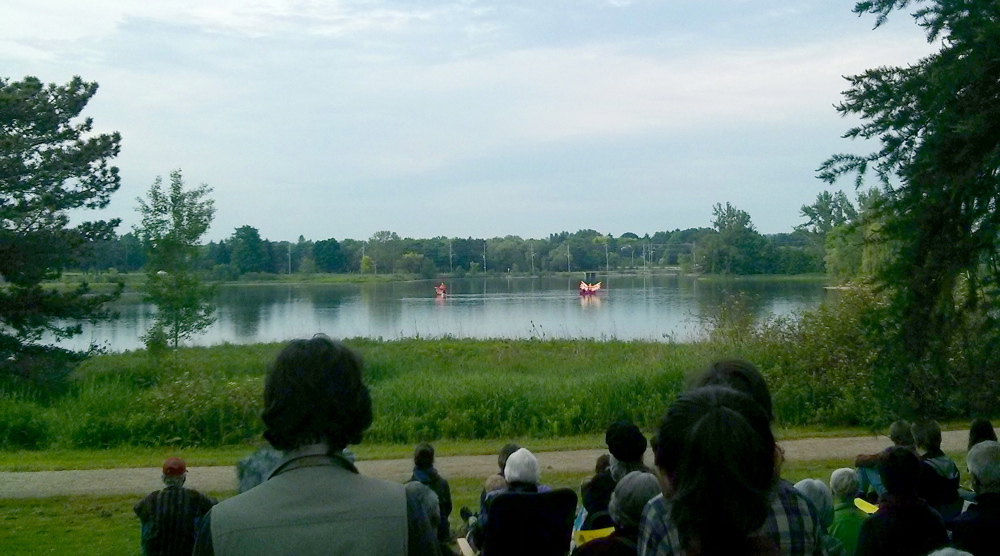
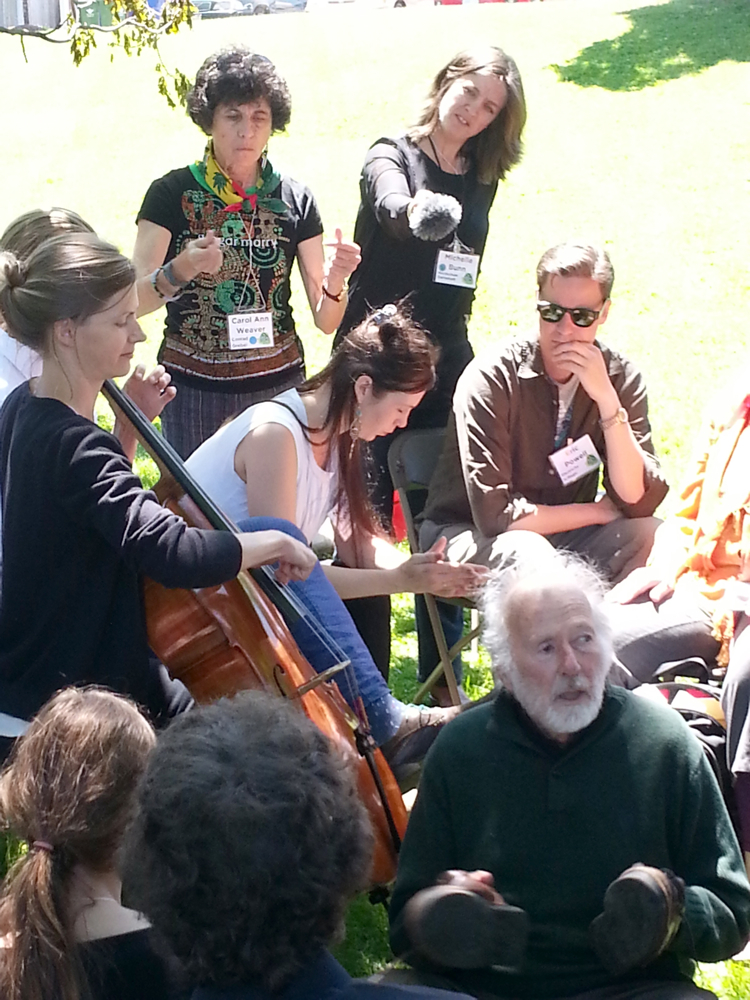



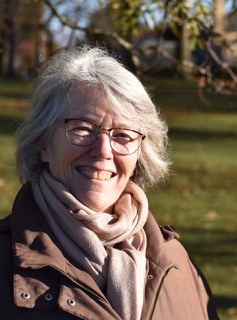
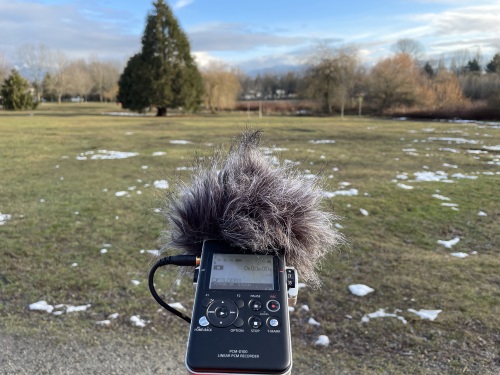
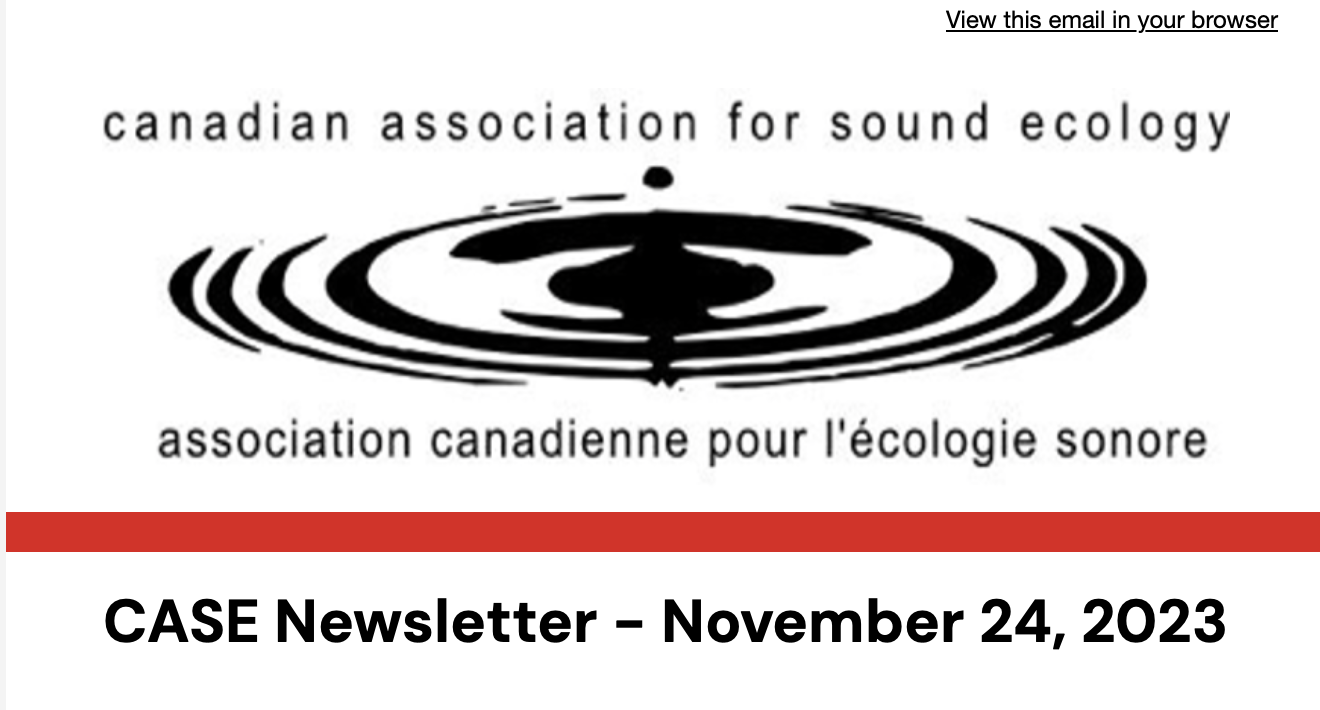
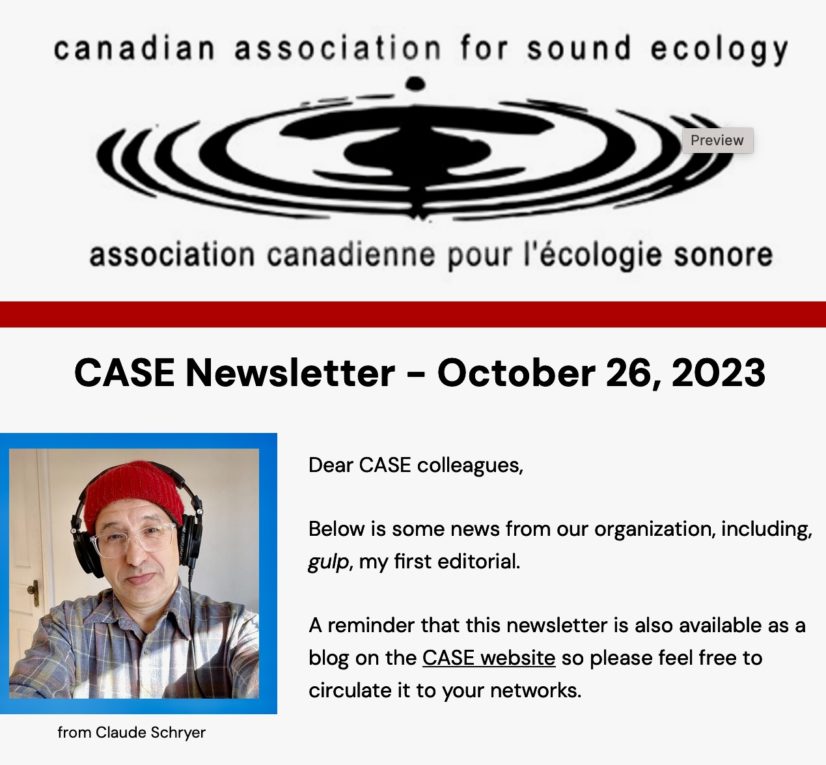
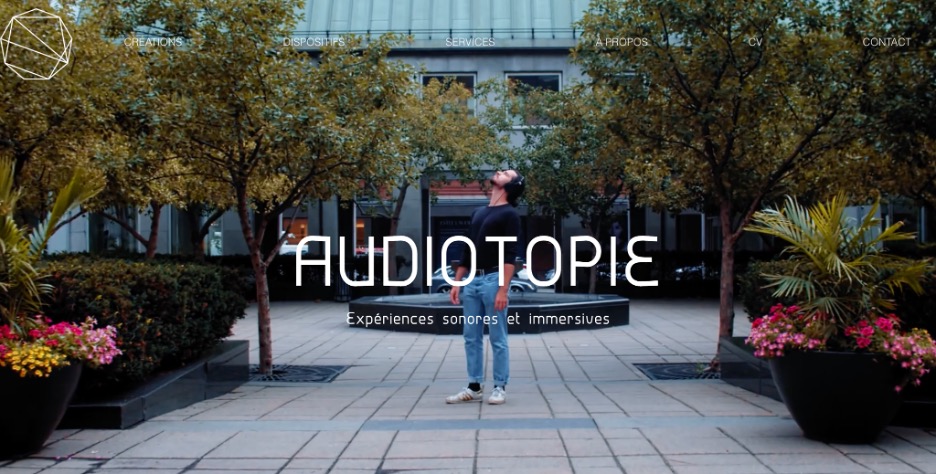
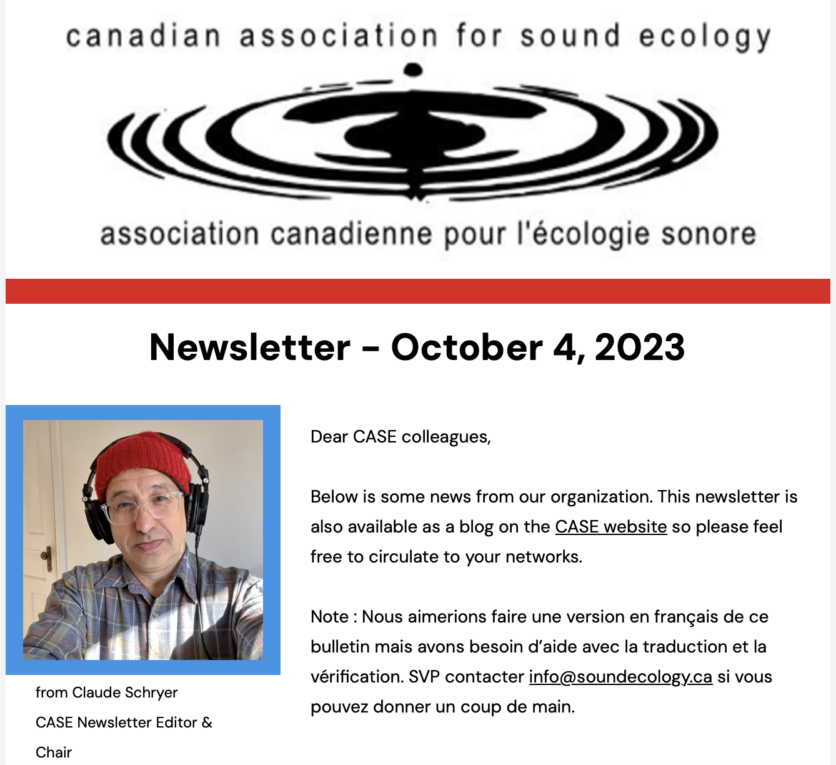
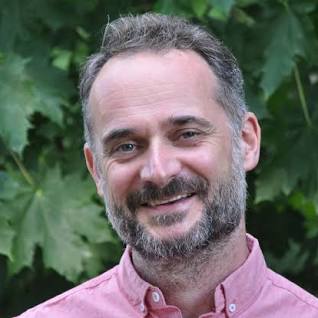
Leave a Reply